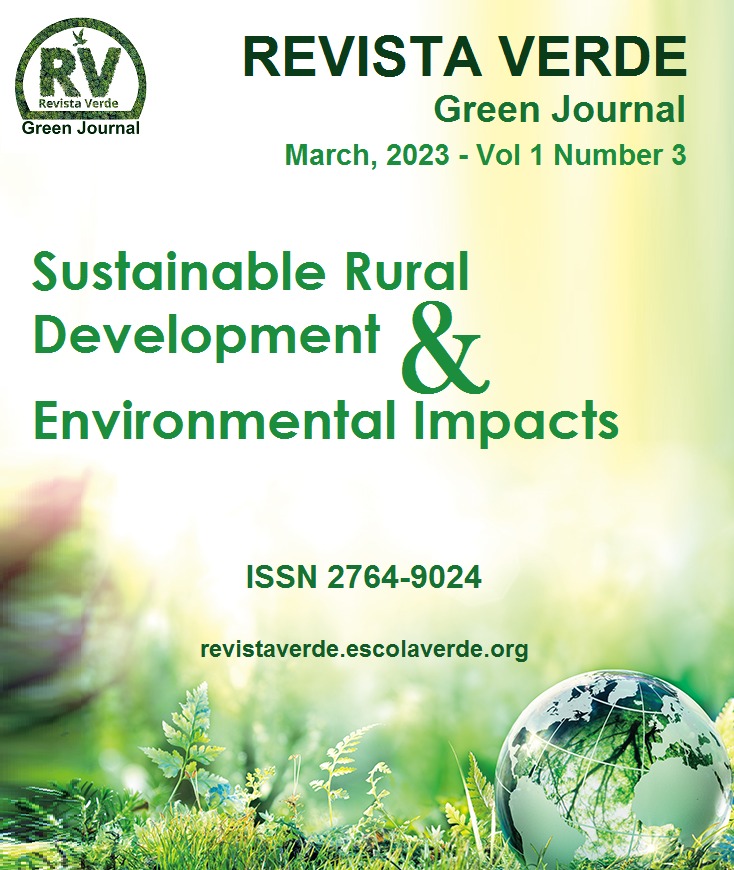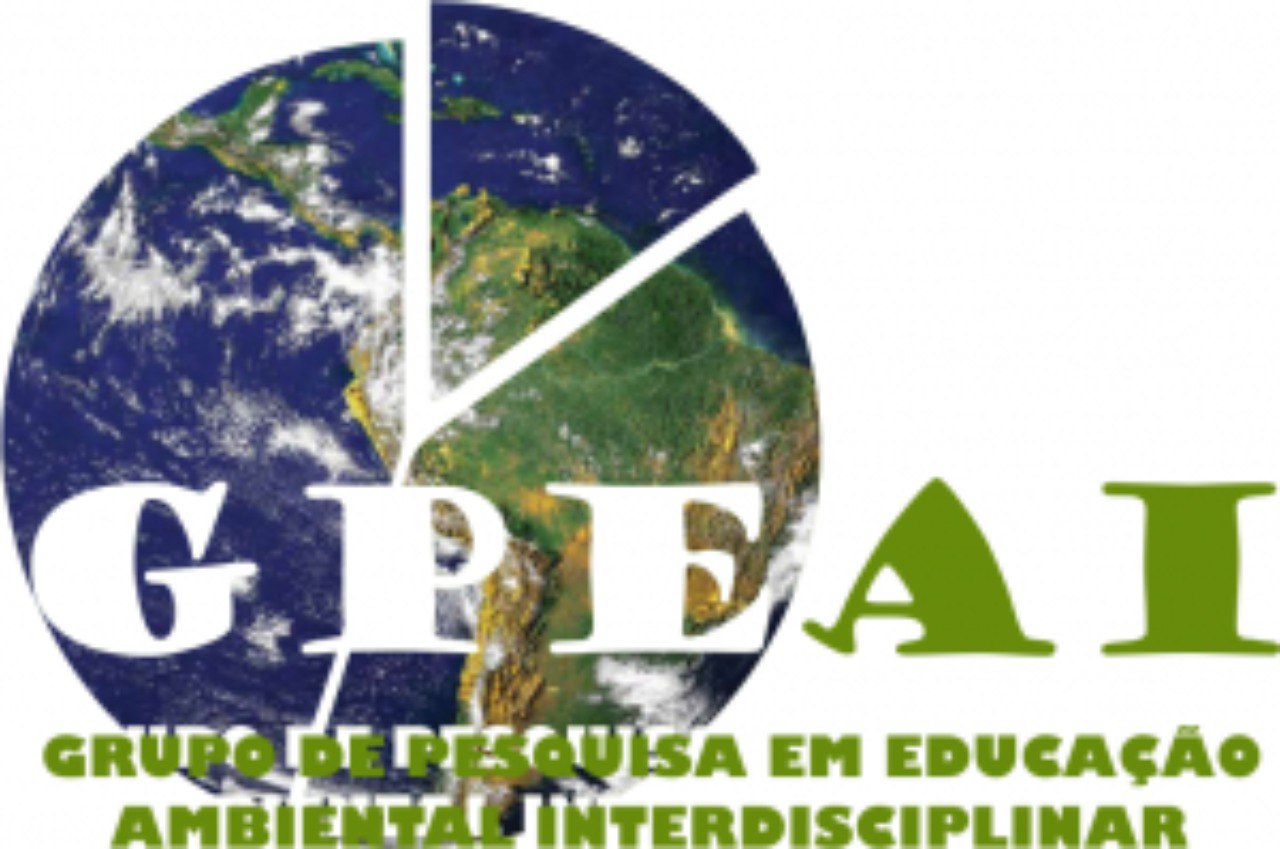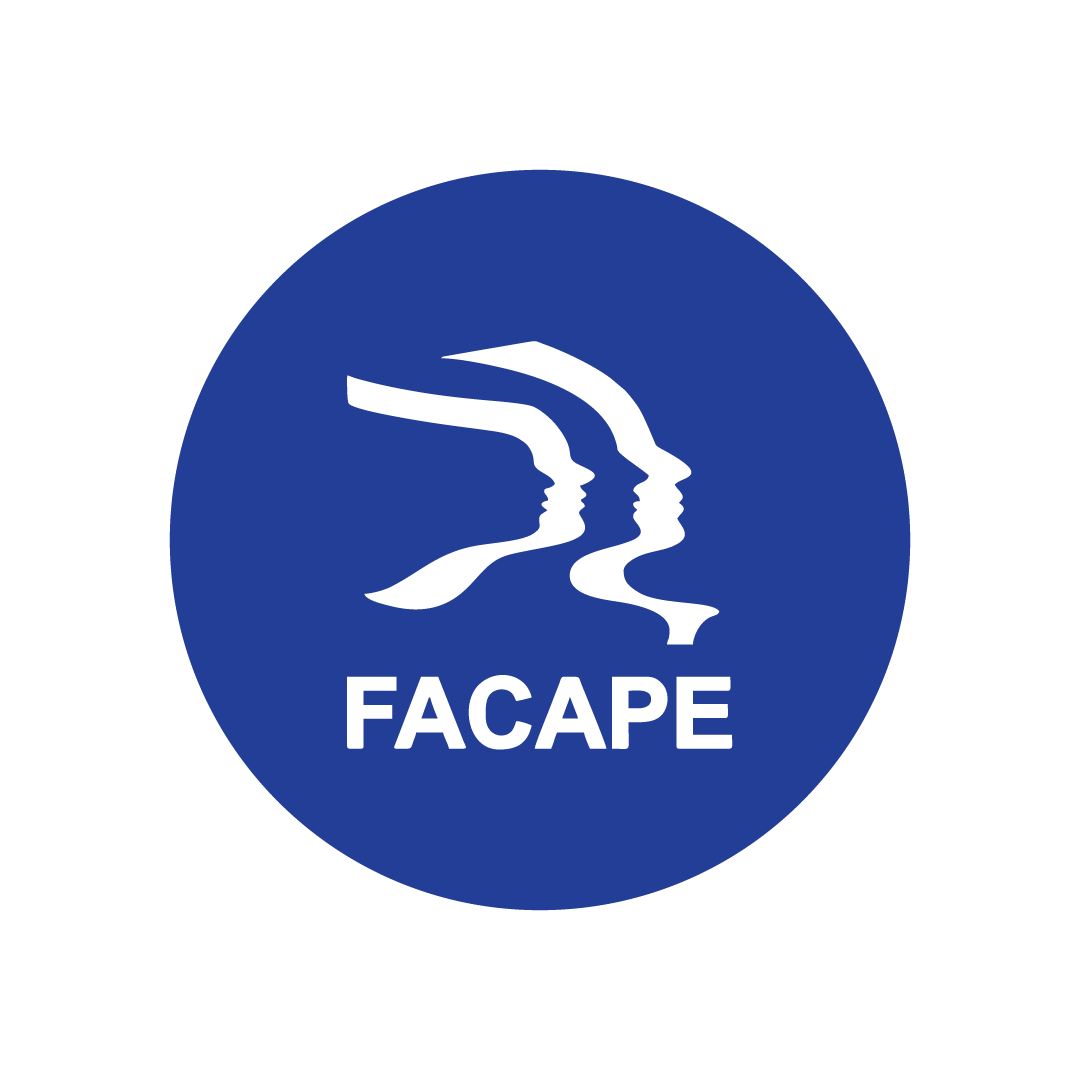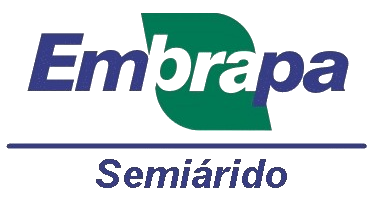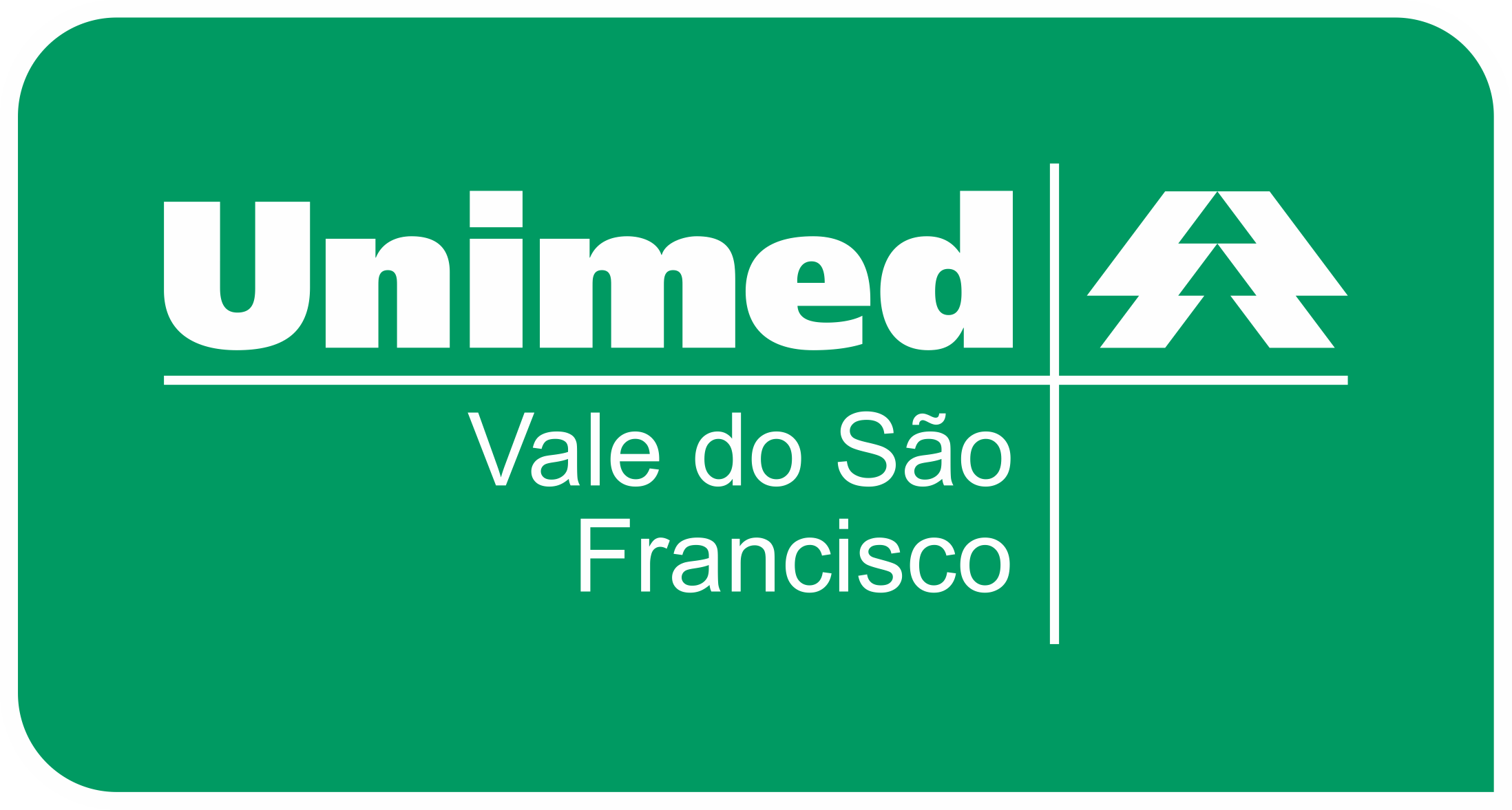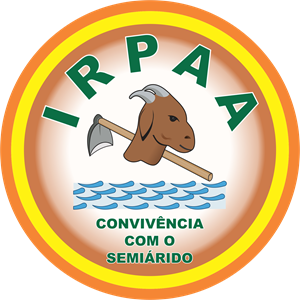CORRELATION BETWEEN SANITATION INDICATORS AND TRIPLE ARBOVIROSIS IN THE SÃO FRANCISCANO VALLEY MESOREGION, BAHIA
Keywords:
Regressão múltipla, SNIS, Aedes AegyptiAbstract
Poorly planned urbanization leads to risks for cities and municipalities, as it relates directly to urban health, generating a special attention to infectious diseases caused by Aedes Aegypti, such as Dengue, Zika virus and Chikungunya fever. The objective was to evaluate the existing correlation between sanitation indicators and the rates of reported cases of triple arboviroses in the municipalities that make up the mesoregion of the São Franciscano Valley, in the state of Bahia between the years 2014 to 2021. This is a quantitative, cross-sectional and analytical study, where initially the collection of information in the databases of DATASUS-TABNET and SNIS was carried out, later the index of annual cases was calculated, and with the data collected, multiple regression was applied. The mesoregion recorded, from 2014 to 2021, a number of 23,497 infections by arboviroses, 79.5% corresponding to cases of Dengue. Analyzing the historical series it is observed a significant increase of 432% observed in 2020 in relation to the previous year, and a subsequent reduction of 48% in 2021. Considering the correlation analysis, it is worth noting that no municipality returned to the multiple regressions with the significance level of 5% for the cases analyzed in all arboviroses. Chikungunya Fever being the variable that presented the highest number of significant correlations. Therefore, it is not possible to limit the number of cases only to the indicators that represent the sanitation conditions of the municipality, and a broader approach is necessary due to its complexity in order to contemplate other indicators.
Downloads
Downloads
Published
Versions
- 2023-05-17 (3)
- 2023-03-28 (2)
- 2023-03-25 (1)
Issue
Section
License
Copyright (c) 2023 Green Journal

This work is licensed under a Creative Commons Attribution-NonCommercial-NoDerivatives 4.0 International License.

